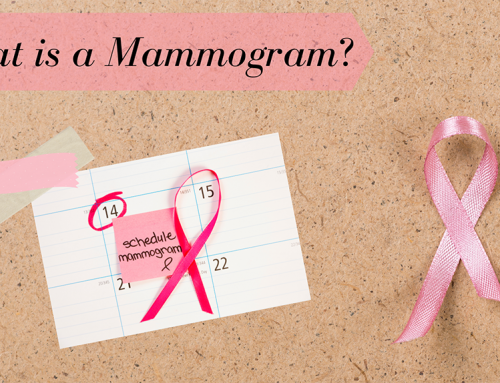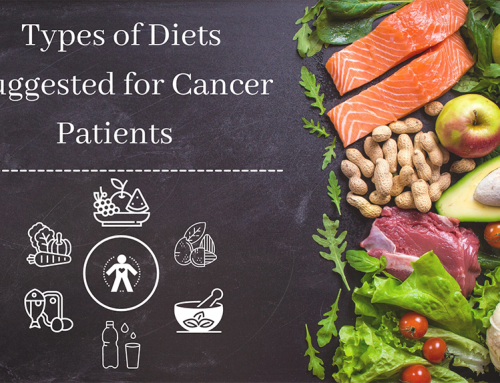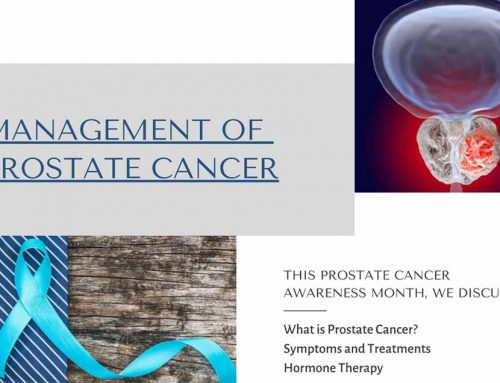In India, over the past two decades the number of breast cancer patients has been steadily on the rise and overtaken cancer cervix as the most common cancer.1
While there are likely to be approximately 1,71,115 breast cancer patients in 2020, this number is expected to go up to 2,61,850 by 2040.2
It is pertinent to note that while the Indian age adjusted incidence rate of breast cancer is lower than that of western countries, it is observed that most of the hospital based series report median age of Indian breast cancer patients to be a decade younger than western series3. In one such series, it was noted that 52% of all women suffering from breast cancer in Mumbai were between 40 and 49 years of age.1
Greater urbanization and change in the lifestyle of Indian population appears to be one of key factors for the rising breast cancer numbers. The ICMR-PBCR (Indian Council of Medical Research-Population based Cancer Registry) data shows that, breast cancer is the commonest cancer among women in urban registries from Delhi, Mumbai, Ahmedabad, Kolkata, Bangalore and Trivandrum. 4
While the statistics above paint a gloomy picture, there is a brighter flipside– unlike other cancers, if detected early, breast cancer is eminently treatable. Early detection, is the key to reducing the morbidity and mortality associated with breast cancer. Studies have shown that screening with imaging modalities such as mammography can reduce the mortality and save significant life years. 4
In a country like India, the economic constraints of screening with procedures such as mammography, may be prohibitive and hence there is a need to explore other possible avenues such as increase the awareness levels by Breast Self-Examination (BSE). Although it sounds obvious, some of the studies done by Khokar et al, showed an abysmally low level of awareness about BSE in the rural as well as urban population.4 Hence there is a need to educate and raise the awareness levels of the potential cohort.
While awareness is critical to prevent the disease, breast cancer treatment is also undergoing a sea change with improved overall survival and quality of life. The newer guidelines for Breast Conserving Surgery (BCS) and avoidance of axillary lymph node dissection with Sentinel Lymph Node Biopsy (SLNB) using dye/radio colloids or specially developed CD 206 receptor based Lymphoseek, reduce morbidity of therapy.1,5 Besides the surgical advances, there are pathbreaking advances in radiotherapy, chemotherapy and targeted therapy which add up to the treating physician’s armamentarium and continue to improve the outcomes.
1. B Rangarajan et al. Breast cancer: An overview of published Indian data. South Asian J Cancer. 2016 Jul-Sep; 5(3): 86–92.
2. WHO Cancer tomorrow. Available at https://bit.ly/36ZOHlw. Accessed on 12th October 2020.
3. ICMR consensus document for management of breast cancer-2016. Available at http://cancerindia.org.in/wp-content/uploads/2017/11/Breast_Cancer.pdf. Accessed on 12th October 2020.
4. A Khokar, Breast Cancer in India: Where Do We Stand and Where Do We Go? Asian Pacific J Cancer Prev, 13 (10), 4861-4866
5. M Morrow. Progress in the surgical management of breast cancer: Present and future. The Breast (2015) 1-4.








Leave A Comment
You must be logged in to post a comment.